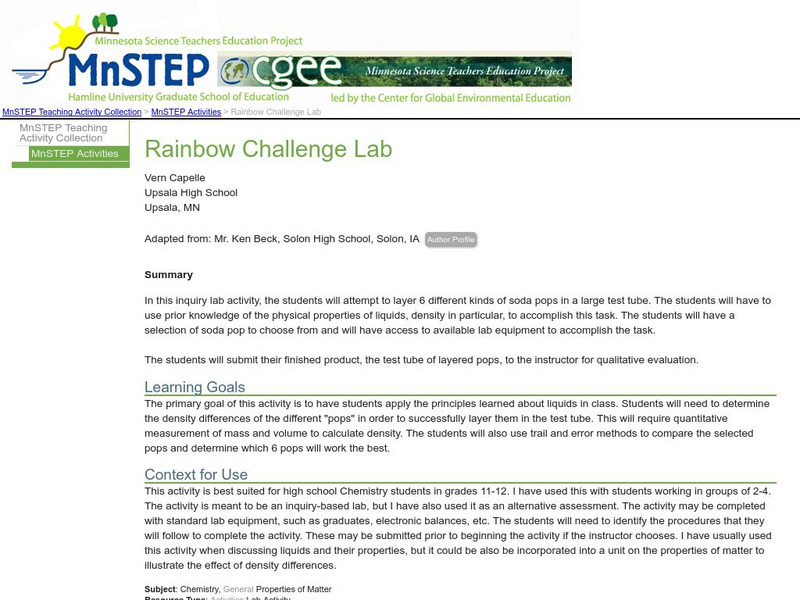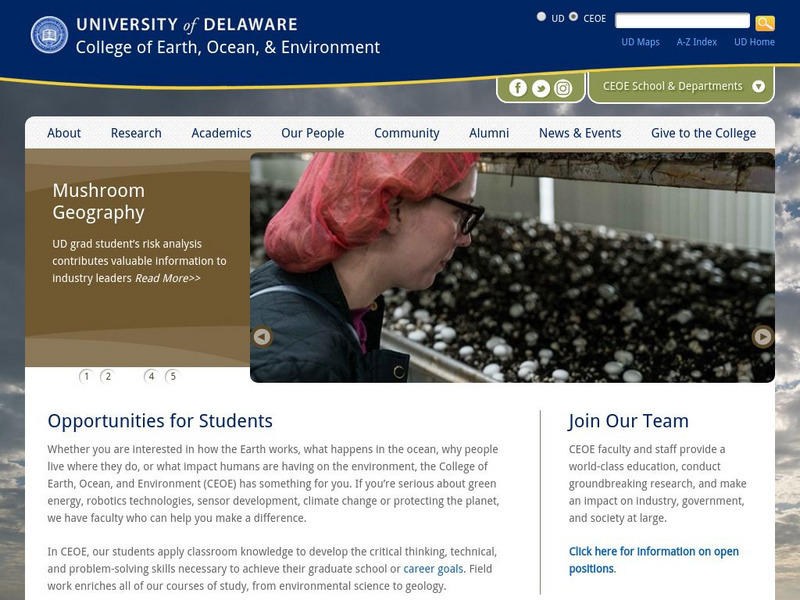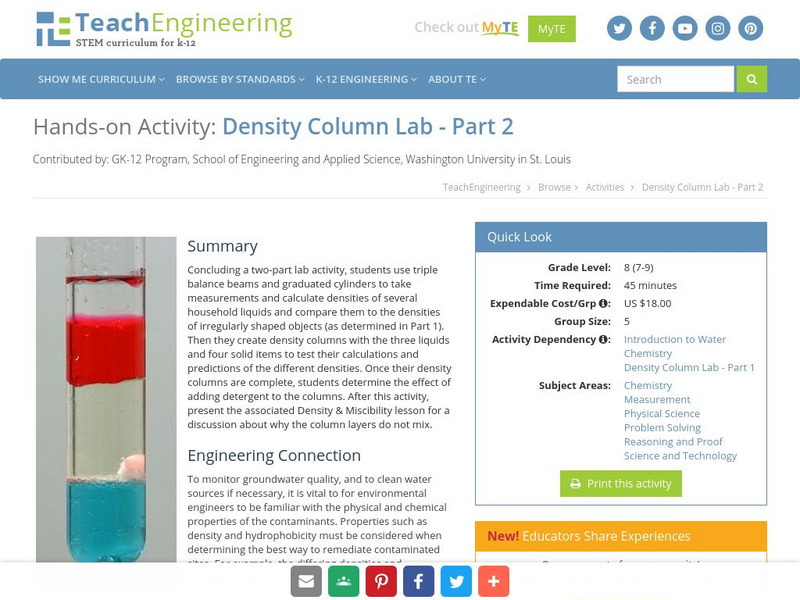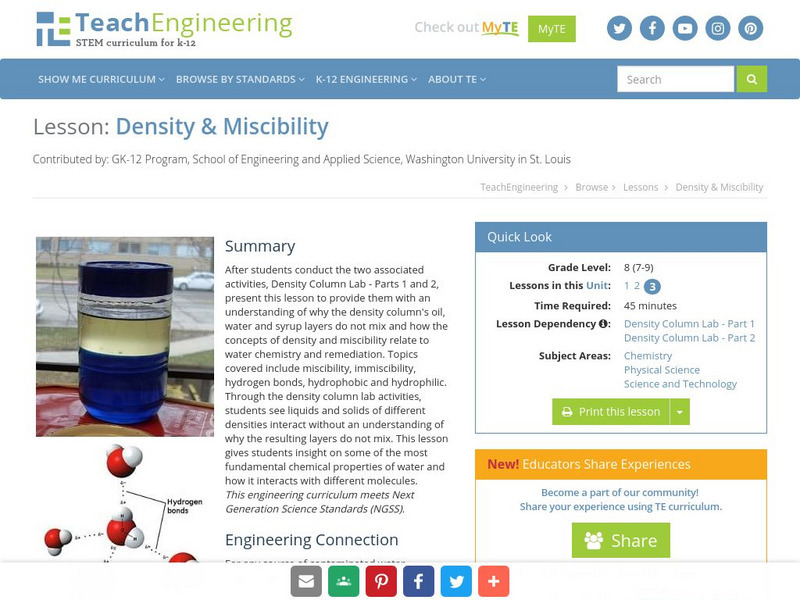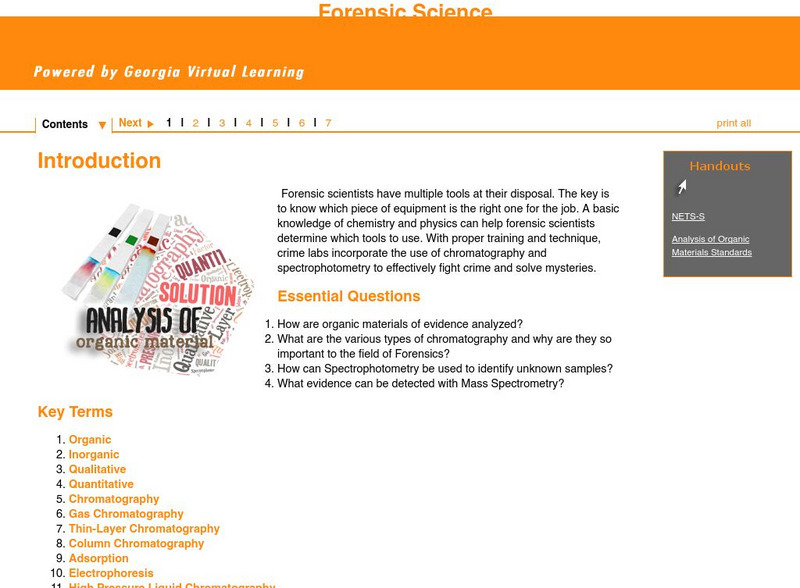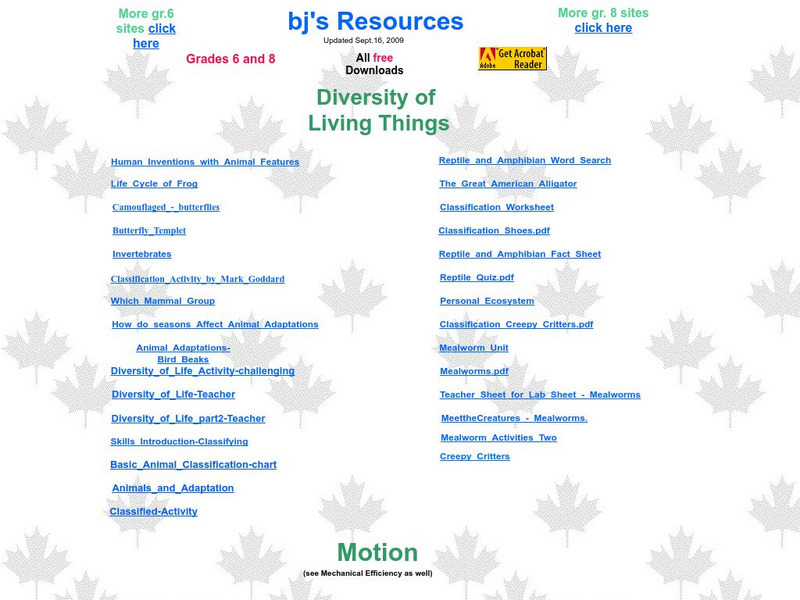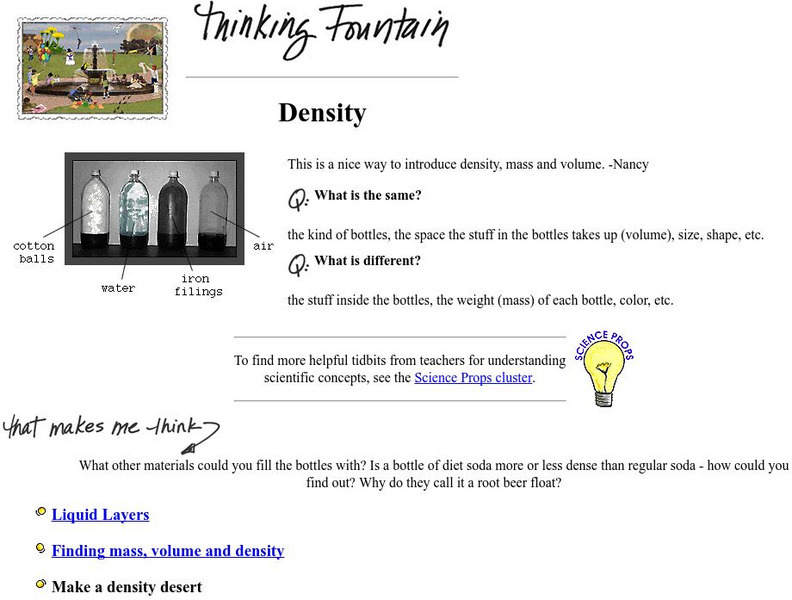Energy4Me
Energy4me: Fracturing With Gelatin
This activity aims to demonstrate how fracturing fluid, under pressure, is able to create a fissure in the rock layer. Students will be able to see the syrup come out at a high velocity to crack the gelatin. The gelatin, however, will...
Science Education Resource Center at Carleton College
Serc: Rainbow Challenge Lab
In this inquiry lab activity, learners will attempt to layer 6 different kinds of soda pops in a large test tube using their knowledge of density and other physical properties of liquids.
CPALMS
Florida State University Cpalms: Florida Students: Journey to the Center of the Earth
Learn about the layers of the Earth.
Energy4Me
Energy4me: Exploring Oil Seeps
How does oil seep naturally from beneath layers of rock to the surface of the ocean?
My Science Site
Thinking Fountain: Liquid Layers [Pdf]
Students contrast the densities of oil and water in this lab activity. Can be done in groups or individually. This resource is in PDF form; requires Adobe Reader.
Other
University of Delaware: Plate Tectonics
This site is a very simple overview of plate tectonics. It includes a map of all the major plates and a diagram of the layers of the earth.
Science Buddies
Science Buddies: Can Water Float on Water?
Of course it can, you say: ice is water and ice floats. And you're right. But we're talking about water in the liquid phase Can liquid water float on water? The goal of this project is to investigate what happens to layers of water with...
TeachEngineering
Teach Engineering: Density Column Lab Part 2
Concluding a two-part lab activity, students use triple balance beams and graduated cylinders to take measurements and calculate densities of several household liquids and compare them to the densities of irregularly shaped objects (as...
TeachEngineering
Teach Engineering: Density & Miscibility
After young scholars conduct the two associated activities, Density Column Lab - Parts 1 and 2, present this lesson to provide them with an understanding of why the density column's oil, water and syrup layers do not mix and how the...
Woods Hole Oceanographic Institution
Woods Hole Oceanography Institute: Activity: Demo for Density
In this experiment, students look at Deep Hypersaline Anoxic Basins, or DHABs, that are present in the Eastern Mediterranean, and make a model of a DHAB to investigate how liquids that have different densities can form layers. This...
Georgia Department of Education
Ga Virtual Learning: Analysis of Organic Materials Analysis of Organic Materialsv
This comprehensive interactive tutorial continues to explore the forensic science field. Learn how organic materials of evidence are analyzed and what the various types of chromatography are, especially why they are so important to this...
Exploratorium
Exploratorium: Science Snacks: Klutz Proof Density Column
An activity to help you create a density column that contains layers of liquids that are separated by different densities.
My Science Site
Life Systems: Cells, Tissues, Organs
Extensive site for teachers provides some helpful resources that pertain to plant and animal cells. Includes a microscope diagram as well as plant, animal and pond labs. Also contains links to structures and mechanisms, matter and...
Other
The Science House: Daffy Densities
In this lab experiment, students will use 4 solids and 6 liquids to create colorful, layered rows demonstrating that less dense materials will float on top of the more dense materials.
Science Museum of Minnesota
Science Museum of Minnesota: Thinking Fountain: Density
An introduction to density, mass, and volume with links to related books and activities.

